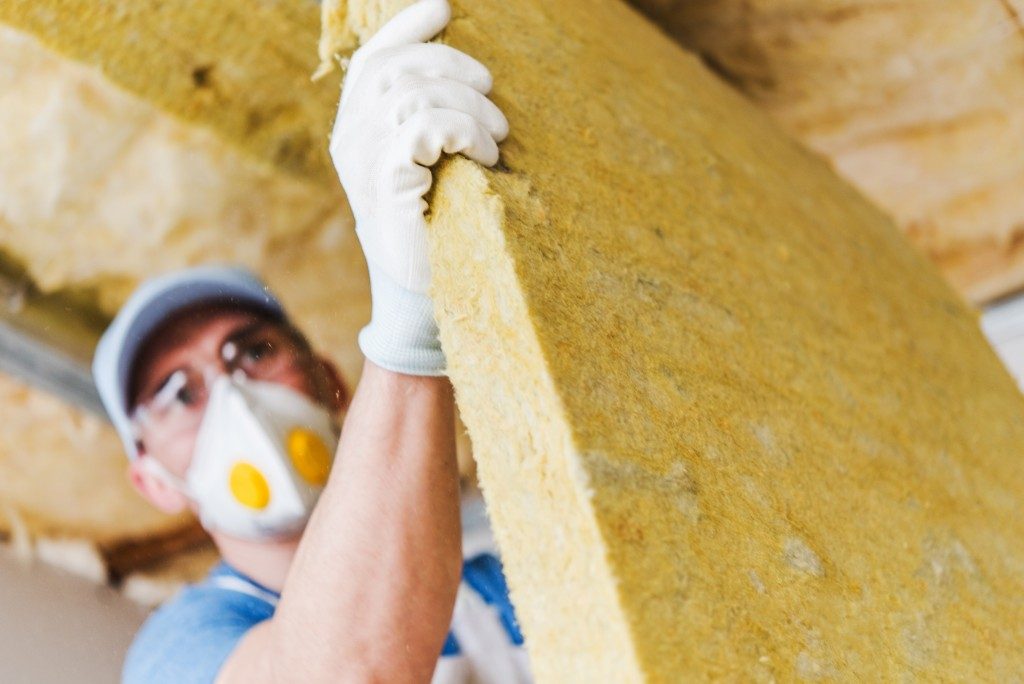If you live in an old home, there’s a good chance that it is not properly insulated. Modern homes are mostly built for energy efficiency; their walls and ceilings must be insulated so the cold and heat won’t easily get out. These modern buildings are built to ensure that you won’t cause the environment undue harm and that you will keep power costs down.
Although older homes are not built that way, there are plenty of methods you can use to better insulate the existing walls. You can install honeycomb panels, fill the wall cavities with spray foam insulation, or simply ensure that there are no cracks, holes, and crevices in your home where the heat or cold can escape.
All Weak Points in Your Homes
The heat and cold can escape from the cracks underneath the doors, the crevices of the windows, and the holes in the ceiling or flooring. Make sure that all these weak points are properly sealed. To check for weak points, run your hand over your window, if you feel a breeze, that means that air can escape through it. This drives up your electricity cost.
Spray Foam Insulation
This could be the easiest way for you to insulate already existing walls as it will not require you to take down the interior walls. You do need to drill holes in your walls. These holes can be patched up later on but first, they will be used to inject spray foam inside your wall cavities. You or a contractor will inject the spray foam bay by bay. After injecting the foam, you need to patch up the holes with sealants.
The best thing about spray foam insulation is that it expands in size when blown into the wall cavities. This feature allows the foam to fill in hard-to-reach areas such as the cracks and gaps in your walls and the space surrounding the wires, boxes, and any protruding nails and screws.
Cellulose Insulation
 Do you know that pieces of paper lying around your house can serve as insulation? Shredded and recycled paper, which could be anything from old telephone books, newspapers, to old paper billings mixed with boric acid for fire resistance properties make for safe cellulose insulation. This also comes in the blown-in form so that you can do the insulating by yourself, although any competent contractor can finish the installation in a couple of days. Because of the chemicals involved, mold, mildew, and insects cannot survive in this insulating material.
Do you know that pieces of paper lying around your house can serve as insulation? Shredded and recycled paper, which could be anything from old telephone books, newspapers, to old paper billings mixed with boric acid for fire resistance properties make for safe cellulose insulation. This also comes in the blown-in form so that you can do the insulating by yourself, although any competent contractor can finish the installation in a couple of days. Because of the chemicals involved, mold, mildew, and insects cannot survive in this insulating material.
Fiberglass Wall Insulation
Fiberglass insulation comes in two forms: in fabric sheaths or in pellets, which is a new development. If you are willing to remove your drywall and open up your wall cavities, you can install fiberglass sheaths that contain blown-in fiberglass pellets. These pellets have the right density, and they are tightly packed to produce a seamless blanket inside the wall cavities.
If you don’t want to open up your drywall, you can use blower-injected fiberglass pellets. However, these do not expand, and the initial volume fill will remain on the level. It could also cause the growth of mold and mildew because the material could not soak up moisture.
Before you decide to insulate your homes, make sure that a qualified home energy auditor makes a thorough inspection of it. The assessment will identify areas of your house that need to be properly insulated. This report can help you when deciding which areas to prioritize and what materials to use.

